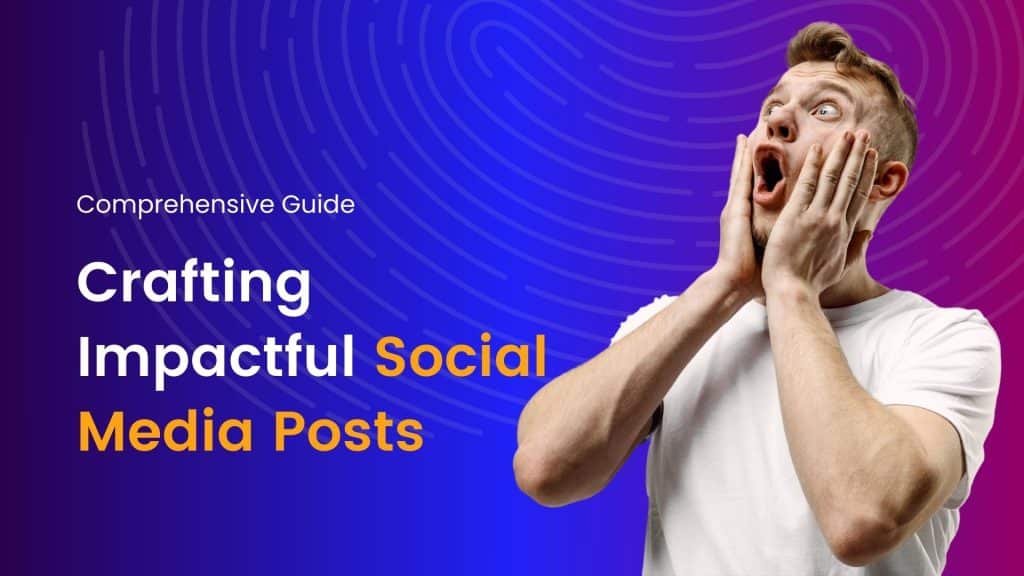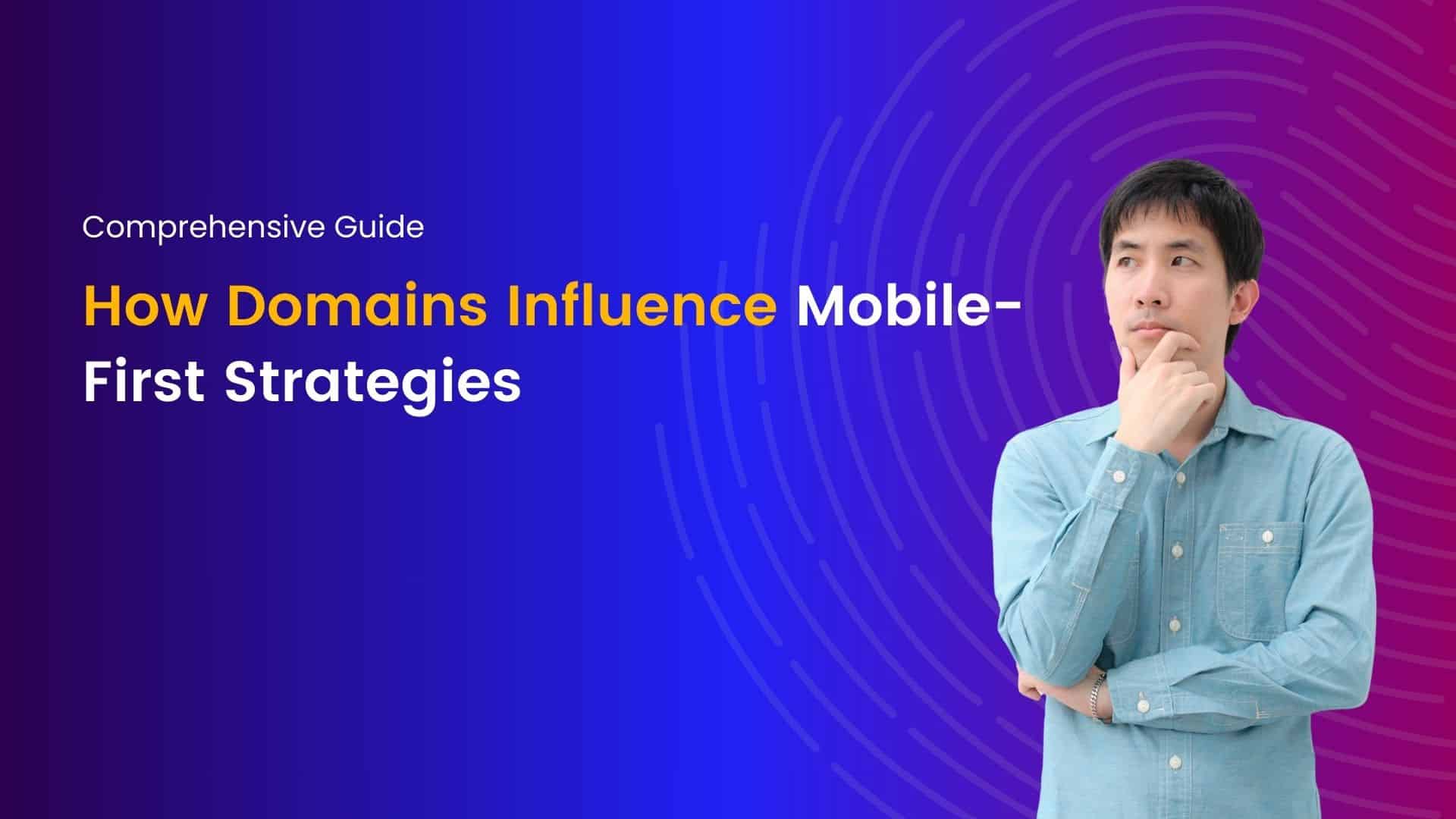In the fast-paced world of social media, creating content that captures attention and drives engagement is both an art and a science. With millions of posts vying for visibility every minute, understanding the anatomy of a results-worthy social media post is crucial for brands and individuals alike.
Here’s a detailed breakdown of what makes a social media post effective and impactful.
Know Your Audience
Understanding your audience is the first step in creating content that resonates. Knowing their preferences, behaviors, and demographics helps tailor your message effectively. Conducting audience research and creating detailed personas can guide your content strategy, ensuring your posts speak directly to the people you want to reach.
Key Points:
- Demographics: Age, gender, location, and other demographic details.
- Interests: Hobbies, activities, and topics your audience cares about.
- Pain Points: Problems or challenges your audience faces.
Compelling Visuals
Visual content is a cornerstone of engaging social media posts. High-quality images, videos, and graphics capture attention more effectively than text alone. Ensure your visuals are relevant, high-resolution, and aligned with your brand’s aesthetic.
Types of Visuals:
- Photos: Authentic, high-quality images that tell a story.
- Videos: Engaging content that can range from short clips to longer narratives.
- Infographics: Informative and visually appealing graphics that simplify complex information.
Attention-Grabbing Headlines
Your headline is the first thing users see, and it needs to be compelling enough to make them stop scrolling. A good headline is clear, concise, and creates a sense of urgency or curiosity.
Tips for Effective Headlines:
- Be Direct: Clearly state what the post is about.
- Use Numbers: Lists and statistics can draw attention.
- Ask Questions: Engaging questions can prompt interaction.
Engaging and Relevant Content
Content is king in the realm of social media. Whether it’s a post, an article, or a video, your content should provide value to your audience. This can be through education, entertainment, inspiration, or information.
Content Ideas:
- How-To Guides: Step-by-step instructions on relevant topics.
- Industry News: Updates and insights related to your field.
- User-Generated Content: Sharing posts from your audience to build community.
Strong Call-to-Action (CTA)
A strong call-to-action encourages your audience to take the next step, whether it’s visiting your website, signing up for a newsletter, or purchasing a product. Your CTA should be clear, compelling, and easy to follow.
Examples of CTAs:
- Learn More: Directs users to additional information.
- Shop Now: Encourages immediate purchases.
- Join Us: Invites users to become part of a community.
Hashtags and Keywords
Using relevant hashtags and keywords increases the visibility of your posts and helps reach a broader audience. Research popular and trending hashtags in your niche and incorporate them strategically.
Hashtag Tips:
- Relevance: Ensure hashtags are relevant to the content.
- Moderation: Use a mix of popular and niche hashtags.
- Branded Hashtags: Create and promote your own branded hashtags.
Timing and Frequency
When you post is almost as important as what you post. Analyzing when your audience is most active can significantly increase engagement. Tools like social media analytics can help determine optimal posting times.
Timing Strategies:
- Peak Hours: Post when your audience is most active.
- Consistency: Maintain a regular posting schedule.
- Experimentation: Test different times and analyze the results.
Authenticity and Engagement
Authenticity fosters trust and connection with your audience. Engage with your followers by responding to comments, asking for feedback, and showing appreciation. Genuine interactions build a loyal community and encourage more engagement.
Engagement Tips:
- Respond Promptly: Answer comments and messages in a timely manner.
- Encourage Interaction: Ask questions and invite discussions.
- Show Appreciation: Thank your followers for their support and engagement.
Analytics and Optimization
Regularly analyzing the performance of your posts helps refine your strategy. Use social media analytics tools to track metrics like likes, shares, comments, and click-through rates. Adjust your content based on what works best.
Metrics to Track:
- Engagement Rate: The level of interaction with your content.
- Reach and Impressions: How many people see your posts.
- Conversion Rate: The percentage of users who take the desired action.
Why Defining the Goal of a Social Media Post is Important
In the bustling world of social media, where countless posts vie for attention every second, standing out is both an art and a science. One fundamental aspect that often separates successful social media content from the vast sea of forgettable posts is the clarity and precision with which a goal is defined. Whether you’re an individual influencer, a small business, or a large corporation, understanding and setting the goal of your social media post is paramount. Here’s why defining the goal of a social media post is essential.
Focused Content Creation
When you define the goal of a social media post, it provides a clear direction for your content creation. Goals such as increasing brand awareness, generating leads, driving traffic to a website, or promoting a new product help in tailoring your content to serve a specific purpose. This focus ensures that your message is coherent and resonates with your intended audience, making your post more effective.
Enhanced Audience Engagement
Different goals necessitate different types of engagement from your audience. For example, a goal to increase brand awareness might involve creating visually appealing and shareable content, while a goal to drive sales might include a strong call-to-action and detailed product information. By aligning your content with a specific goal, you can better engage your audience in a way that aligns with their expectations and your objectives.
Measurable Success
Setting a clear goal allows you to measure the success of your social media efforts. With a defined objective, you can track relevant metrics and Key Performance Indicators (KPIs) to evaluate how well your post performed. For instance, if your goal is to drive traffic to your website, you can measure the number of clicks and visits originating from your post. These insights are invaluable for refining future strategies and improving overall performance.
Efficient Resource Allocation
Social media marketing can consume significant resources, including time, money, and creative effort. By defining the goal of each post, you can allocate resources more efficiently. Knowing what you want to achieve allows you to invest your efforts where they are most likely to yield results, avoiding the scattergun approach that can dilute your impact and waste resources.
Audience Targeting
Defining the goal of a social media post also aids in precise audience targeting. Different goals may appeal to different segments of your audience. For instance, a post aimed at customer retention will likely target existing customers, while a post designed to build brand awareness might target a broader, more diverse audience. Understanding your goal helps in crafting a message that speaks directly to the intended audience, increasing the likelihood of achieving the desired outcome.
Consistency in Brand Messaging
A well-defined goal ensures consistency in your brand messaging across various social media platforms. Consistent messaging reinforces your brand identity and values, making it easier for your audience to understand and connect with your brand. Whether you aim to entertain, inform, inspire, or persuade, having a clear goal helps maintain a cohesive voice and tone, enhancing brand recognition and loyalty.
Improved ROI
Ultimately, the clarity of purpose that comes with defining social media goals translates into an improved return on investment (ROI). Clear goals lead to more effective strategies, better resource utilization, and enhanced engagement, all of which contribute to a more successful social media presence. By focusing on specific objectives, you can drive meaningful actions that support your broader business goals, maximizing the impact of your social media efforts.
In the dynamic and competitive landscape of social media, defining the goal of each post is not just beneficial—it is essential. It provides direction, enhances engagement, allows for measurable success, ensures efficient resource allocation, aids in precise audience targeting, maintains consistency in brand messaging, and ultimately improves ROI. By setting clear, purposeful goals, you can create social media content that not only captures attention but also drives meaningful results for your brand or business.
Knowing your target audience significantly impacts the effectiveness of your post in several key ways:
- Content Relevance: Understanding your audience allows you to tailor the content to their interests, needs, and preferences. This increases the chances that they will find the post engaging and valuable.
- Tone and Style: Different audiences respond to different tones and styles. For example, a post aimed at professionals in a specific industry might use formal language and industry jargon, while a post for teenagers might use a more casual and conversational tone.
- Platform Choice: Different demographics use different social media platforms. Knowing your audience helps you choose the right platform to reach them. For instance, younger audiences might be more active on Instagram or TikTok, while older or professional audiences might prefer LinkedIn or Facebook.
- Timing: Knowing when your audience is most active online can help you schedule posts for maximum visibility and engagement. This involves understanding their daily routines and peak activity times.
- Visuals and Media: The preferences of your target audience will influence the type of visuals and media you use. For instance, a younger audience might prefer short videos and memes, while an older audience might respond better to infographics and detailed images.
- Call-to-Action (CTA): Tailoring the CTA to your audience’s needs and desires can significantly impact the post’s effectiveness. For example, a CTA for a professional audience might be more effective if it offers a whitepaper download, while a consumer audience might respond better to a discount code.
- Engagement and Interaction: Knowing your audience helps you predict the kind of interactions they prefer. Some audiences might enjoy participating in polls and quizzes, while others might prefer leaving comments or sharing posts.
- Cultural Sensitivity and Inclusivity: Understanding the cultural background and diversity of your audience ensures that your post is inclusive and culturally sensitive, avoiding potential missteps or offending your audience.
By aligning the content, tone, timing, visuals, and calls-to-action with the preferences and behaviors of your target audience, your posts are more likely to achieve higher engagement rates, build stronger connections, and meet your communication goals effectively.
Why are hashtags important and how should they be used?
Hashtags are important for several reasons, primarily related to their role in social media communication, content categorization, and engagement. Here’s a breakdown of why hashtags are important and how they should be used:
Importance of Hashtags:
- Increased Visibility and Reach:
- Public Posts: When you use a hashtag, your post becomes visible to anyone who searches for or follows that hashtag. This can significantly increase the reach of your content beyond your immediate followers.
- Trending Topics: Hashtags can help your post join a larger conversation around trending topics, increasing the chances of it being seen and shared.
-
Content Categorization:
- Organization: Hashtags help organize and categorize content, making it easier for users to find posts on specific topics. This is particularly useful for users looking for information or updates on niche subjects.
- Search Optimization: They improve the discoverability of your posts by making them searchable through social media platforms’ search functions.
-
Engagement and Interaction:
- Community Building: Hashtags can foster a sense of community by bringing together people with shared interests or causes.
- User Interaction: They encourage user interaction and engagement, such as likes, comments, shares, and participation in discussions.
-
Brand Awareness and Marketing:
- Brand Campaigns: Companies often create unique hashtags for marketing campaigns to build brand awareness and track the campaign’s reach and engagement.
- Consistency: Using consistent hashtags related to your brand or industry can help establish your brand’s presence and make it more recognizable.
How to Use Hashtags Effectively:
-
Relevance:
- Specificity: Use hashtags that are relevant to your content. Avoid generic or overly broad hashtags that might not target your intended audience.
- Research: Look at what hashtags are being used in your industry or by your target audience to ensure you’re tapping into the right conversations.
-
Balance:
- Quantity: Don’t overload your posts with too many hashtags. Depending on the platform, the optimal number of hashtags varies (e.g., 1-2 on Twitter, 5-10 on Instagram).
- Placement: Place hashtags strategically. On platforms like Instagram, it’s common to include them at the end of the post or in the first comment to keep the caption clean.
-
Creativity:
- Unique Hashtags: Create unique, memorable hashtags for specific campaigns or events. Ensure they are easy to remember and spell.
- Engagement Prompts: Use hashtags that encourage users to participate, such as challenge or contest hashtags.
-
Trend Awareness:
- Stay Updated: Keep an eye on trending hashtags and participate in relevant trending conversations to increase visibility.
- Avoid Overused Tags: While trending hashtags can boost visibility, overused ones might get lost in the noise. Strike a balance between popular and niche tags.
-
Platform Specificity:
- Adapt to Platform: Different platforms have different hashtag cultures. For example, Instagram allows for more hashtags and prioritizes them differently than Twitter or LinkedIn.
Example Usage:
- Instagram:
- Caption: “Exploring the beautiful landscapes of #Iceland. #TravelPhotography #AdventureAwaits”
- Comment: Include additional hashtags like #NatureLovers #ExploreTheWorld
- Twitter:
- Tweet: “Just published a new blog post on digital marketing trends! Check it out! #DigitalMarketing #ContentCreation”
- LinkedIn:
- Post: “Join us for a webinar on leadership in the tech industry. #Leadership #TechIndustry #Webinar”
By understanding the importance of hashtags and implementing them effectively, you can enhance your social media presence, reach a wider audience, and engage more deeply with your community.
What metrics should be tracked to measure the success of a social media post?
To measure the success of a social media post, you should track a variety of metrics. These metrics can be categorized into engagement metrics, reach metrics, conversion metrics, and qualitative metrics. Here are some key metrics in each category:
Engagement Metrics:
- Likes/Reactions: The number of likes or reactions your post receives.
- Comments: The number of comments on your post, indicating engagement and interest.
- Shares/Retweets: The number of times your post is shared, showing its virality.
- Mentions: The number of times your post or brand is mentioned.
- Click-Through Rate (CTR): The percentage of people who clicked on a link in your post.
Reach Metrics:
- Impressions: The number of times your post is displayed, regardless of whether it is clicked or not.
- Reach: The number of unique users who have seen your post.
- Follower Growth: The increase in the number of followers due to the post.
Conversion Metrics:
- Conversion Rate: The percentage of users who take a desired action (like signing up for a newsletter, making a purchase) after viewing your post.
- Leads Generated: The number of potential customers who expressed interest in your product or service.
- Sales: The number of sales generated from the post.
- Traffic to Website: The amount of traffic directed to your website from the post.
Qualitative Metrics:
- Sentiment Analysis: The overall sentiment (positive, negative, neutral) of the comments and reactions.
- Content of Comments: Analyzing the quality and relevance of comments to understand audience engagement.
- Brand Mentions: The context in which your brand is mentioned in conversations.
Platform-Specific Metrics:
- Facebook Insights: Engagement rate, post reach, page views, video views, etc.
- Twitter Analytics: Tweet impressions, profile visits, mentions, tweet engagements.
- Instagram Insights: Engagement rate, impressions, reach, profile visits, story views.
- LinkedIn Analytics: Post impressions, click-through rate, engagement rate, follower demographics.
Additional Considerations:
- Time Spent on Post: How long users spend engaging with your post (e.g., video watch time).
- Bounce Rate: The percentage of visitors who navigate away from the site after viewing only one page.
- Demographics: Understanding the age, gender, location, and interests of the audience engaging with your post.
Tracking these metrics will provide a comprehensive understanding of the performance of your social media posts and help in strategizing for future content.
“Related Article: What are social media handles?”
Creating results-worthy social media posts requires a strategic approach that combines understanding your audience, crafting compelling content, and continuously optimizing based on performance data. By focusing on these key elements, you can create posts that not only capture attention but also drive meaningful engagement and achieve your social media goals.
I'm a tech-savvy writer with a Computer Science degree and web hosting background, contributing to Hostao Blogs. I simplify complex tech topics like web development and cybersecurity. Beyond writing, I'm a tech explorer passionate about digital advancements.




















